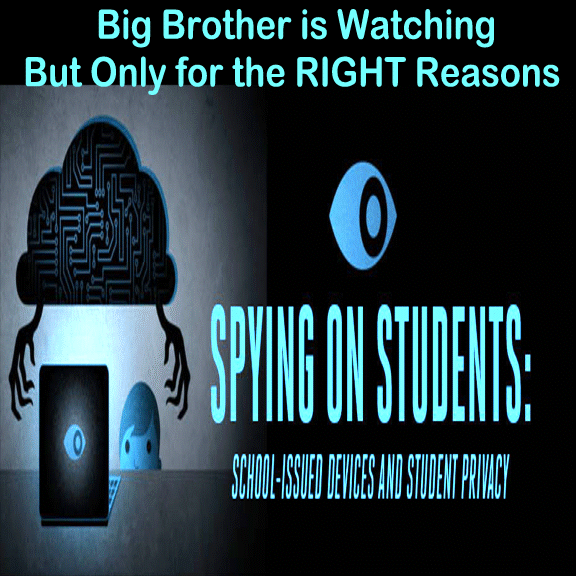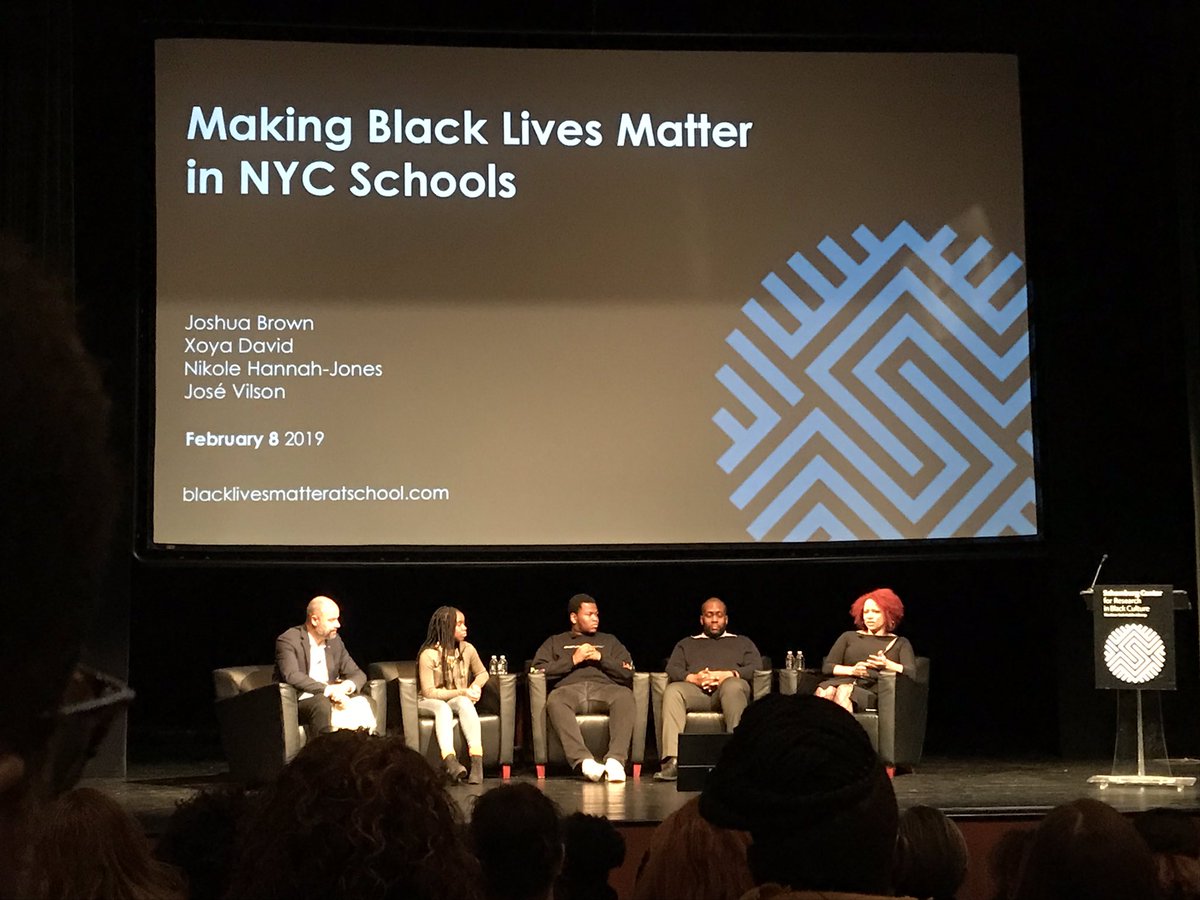School Shooting Tracker: Counting school shootings since 2013
NBC News is tracking school shootings. Here’s what we found.
This tracker will be an ongoing effort to identify and contextualize shootings in all types of schools from kindergarten to college, across the U.S.
The tracker focuses on the segment of school shootings where an active shooter, with intent to harm, injures or kills at least one student or faculty member during school or at a school event. Read the full NBC News criteria for school shootings, including the FBI’s definition of an active shooter, below.
Every time a major school shooting occurs in the United States, the national conversation that immediately follows recounts the number of similar incidents that have happened to date that year. The chilling statistics, broadcast over the airwaves, published in newsprint and shared on the internet, vary depending on the news organization and its definition of a school shooting.
Several organizations and databases track gun violence in schools, including Everytown for Gun Safety, the Washington Post school shooting database, and the U.S. Department of Education. These publishers contribute to the public’s understanding of the effect of gun violence even though each might provide different numbers for school shootings that have occurred in a particular time period.
Dr. Daniel Webster, a professor at the Johns Hopkins Center for Gun Policy and Research, said that part of the difficulty in studying gun violence is determining what counts as a school shooting.
“Let's say someone is shot on school grounds in the evening,” Webster said. “It has nothing to do with the school day and doesn't CONTINUE READING: School Shooting Tracker: Counting school shootings since 2013
KEEPING OUR SCHOOLS SAFE:
A PLAN TO STOP MASS SHOOTINGS
AND END GUN VIOLENCE IN AMERICAN SCHOOLS - https://everytownresearch.org/documents/2019/02/keeping-our-schools-safe.pdf






 SUPPORTING ORGANIZATIONS
SUPPORTING ORGANIZATIONS 



























